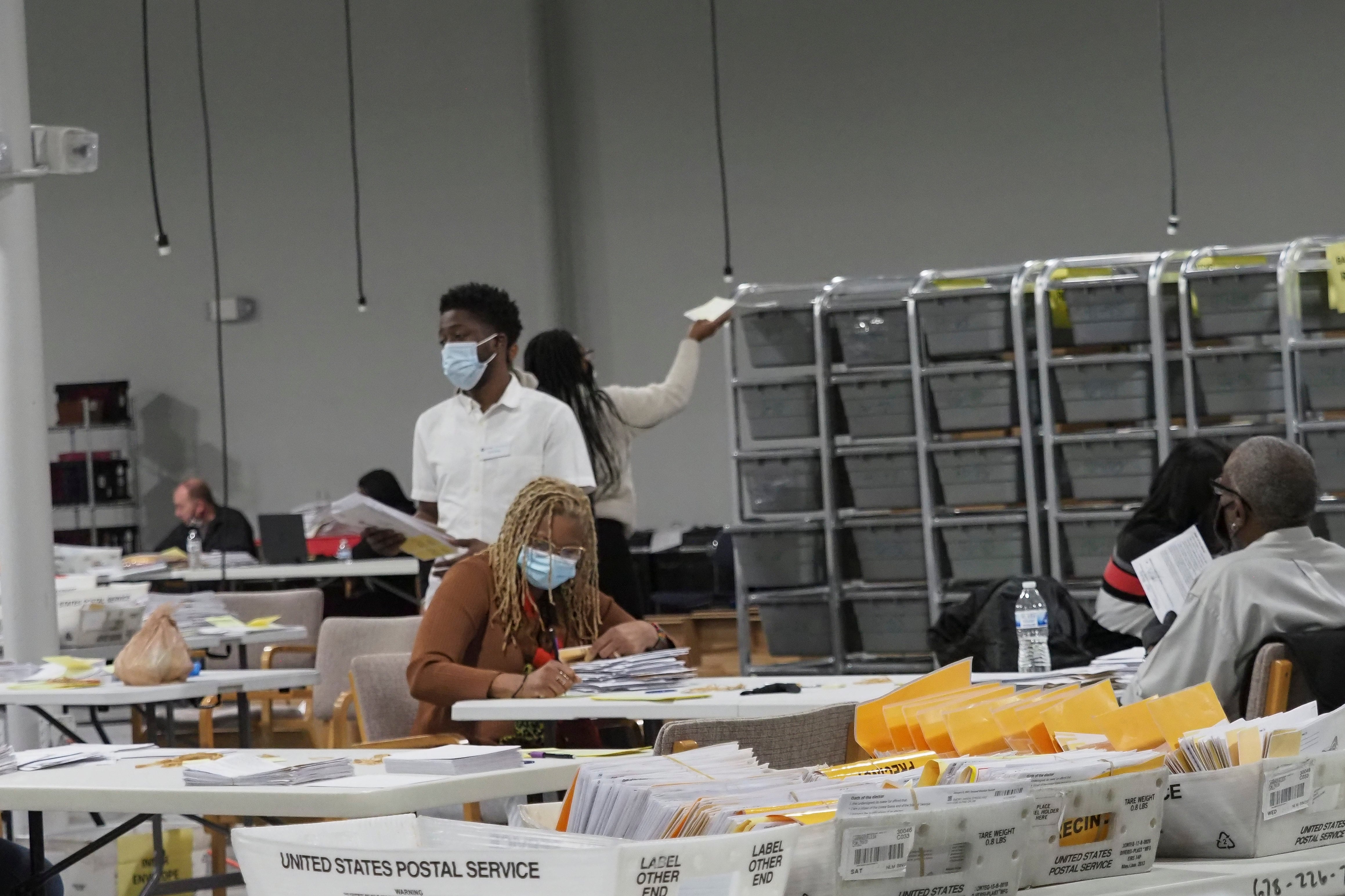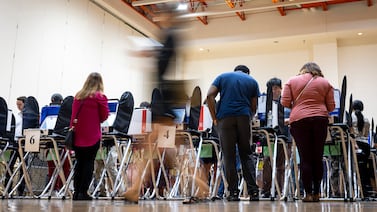When I heard my assignment for Votebeat would be to write several so-called explainers about how votes are counted in selected states, I thought, “OK, this will probably require a good amount of digging, but it shouldn’t be too difficult.” I’ve written many an “explainer,” I’ve covered elections, I’ve done investigative reporting. The editor said it would probably take about 20-30 hours, and would become easier as I went along, since I’d be seeking the same kind of information across different states.
Boy, were we wrong. It turned into one crazy week, with several 16-hour days, nerve-racking phone interviews, many unanswered emails and voicemails, at least 530 browser tabs opened (not an exaggeration), and one North Carolina county official getting very, very mad at me.
Again: I was merely trying to find out how local governments count their citizens’ ballots.
You might think voters could find this information on local government websites. Those sites do provide voters the most common and useful details of the process: how to register to vote, how to send in their mail-in ballots, or how to vote in person. Many will even give detailed instructions on how to use the shiny new voting machines they just purchased. But once you find out how to cast your ballot, it’s quite difficult to understand what happens to it next.
For example, are the ballots counted on the precinct level or at county headquarters? Even within the same state, this might work differently depending on the county or municipality where you live. In Texas, not even the Secretary of State’s office, which oversees elections, was able to tell me where the votes are tabulated in most counties. The system is incredibly decentralized and the processes vastly inconsistent.
How do the ballots or data on vote totals get transmitted from the polling place to the county, and then to the state? Simple question, right? Nope! Some officials were cagey about this (one spokesperson in Pennsylvania outright said he was “uncomfortable” sharing a detail about the process), presumably to prevent bad actors from any sort of meddling or tampering. Still, I was only seeking general information: Do poll workers have to pack up all the paper ballots or record totals on USB drives to physically transport them to a central counting location? Or do they submit the data electronically? How often do county officials submit results to the state on election night? Straight answers were often elusive.
This process, of communicating results from the local level to the central level, was where I uncovered some fun facts. It always involves a mix of electronic methods and analog ones, because tabulating devices cannot be connected to the internet, in order to prevent any tampering. One expert joked that counties might be using fax to submit results. But, no kidding, Sacramento County in California sends its results to the state as an electronic file and via fax. Elsewhere in California, in Orange County, the vDrives containing all the votes from a polling place must be taken by a team of two election workers—one tailing the other in a separate car—to a collection point, where they hand off the vDrives to election officials, the chain of custody meticulously recorded at each point. When they arrive at the office of the registrar of voters, the vDrives travel down to a secure tabulating room via old-fashioned chutes.
Finding all of this out involved many, many phone calls. I had a lengthy discussion with one official who got very impatient with me as I was trying to understand how the process in her county worked. We got into several back-and-forths about the meaning of the words “tabulating” and “inputting,” “importing” and “uploading.” She was so irked that I wanted to understand these basic technical details that, as I was thanking her for her time, she hung up on me.
A spokesperson in Georgia was very patient, using an extended metaphor about score-keeping in baseball: In his telling, the difference between unofficial election results and official ones is akin to the umpire keeping track of the score versus what appears on the scoreboard. Often, I found that officials or spokespeople had to check back with others on what I thought were simple questions. This is not a criticism of these individuals, who’ve been working incredibly hard to make this chaotic election go smoothly. It simply goes to show how complex the voting system can be in each state, in each county, and how little transparency there is about the process.
To gather all the information I needed, I had to cross-check multiple sources — often on the same government websites—because there were many inconsistencies. The ballot-counting process is often explained in PDFs—memos, guides for election officials, state laws. The latter are changed, and the information isn’t always updated elsewhere in governmental resources. And because so much of the counting process was being litigated this year, with federal courts and even the US Supreme Court deciding when exactly do individual states have to stop accepting mail-in ballots, I had to make sure the process wasn’t changing right even as I was writing.
I’m a reporter who has worked on major national investigations. My job and skill set involves combing through documents and pressing officials to get complete answers. If it was this time-consuming and crazy-making for me to get clear information about how ballots are counted, how could the average citizen possibly be expected to learn how this important function of democracy works?








